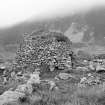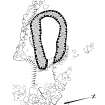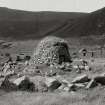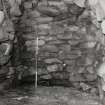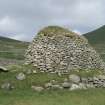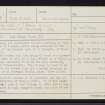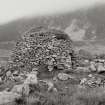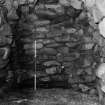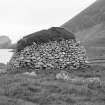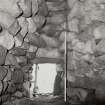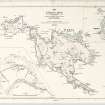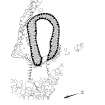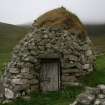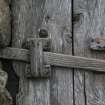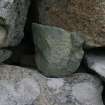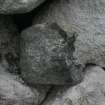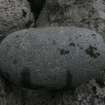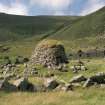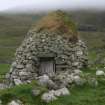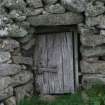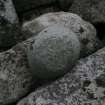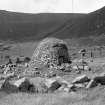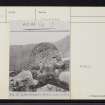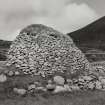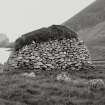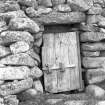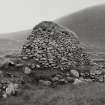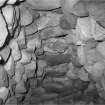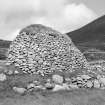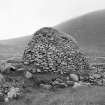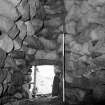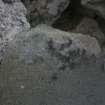Pricing Change
New pricing for orders of material from this site will come into place shortly. Charges for supply of digital images, digitisation on demand, prints and licensing will be altered.
Upcoming Maintenance
Please be advised that this website will undergo scheduled maintenance on the following dates:
Thursday, 9 January: 11:00 AM - 3:00 PM
Thursday, 23 January: 11:00 AM - 3:00 PM
Thursday, 30 January: 11:00 AM - 3:00 PM
During these times, some functionality such as image purchasing may be temporarily unavailable. We apologise for any inconvenience this may cause.
St Kilda, Hirta, Village Bay, Cleit 85
Building (18th Century)(Possible), Cleit (Modern)
Site Name St Kilda, Hirta, Village Bay, Cleit 85
Classification Building (18th Century)(Possible), Cleit (Modern)
Alternative Name(s) Lady Grange's House
Canmore ID 9676
Site Number NF19NW 21.17
NGR NF 10057 99303
Datum OSGB36 - NGR
Permalink http://canmore.org.uk/site/9676
- Council Western Isles
- Parish Harris
- Former Region Western Isles Islands Area
- Former District Western Isles
- Former County Inverness-shire
Desk Based Assessment (19 April 1966)
(NF 10059930) Lady Grange House (NAT)
OS 6"map annotated by J Mathieson (1928)
Lady Grange was imprisoned in this building in 1734 for a period of 8 years, after being abducted at the instigation of her husband and, it is thought, of Simon Lord Lovat (D Laing 1876).
Mathieson (J Mathieson 1928) states that the original house was timber-roofed, and when it fell in it was rebuilt as a 'cleit', but Williamson (K Williamson and J M Boyd 1960) considers it to be the only surviving portion of a 'black-house'. The doorway is said to be original, but the wooden lock (of a design peculiar to the island) is at Dunvegan Castle, Skye.
Information from OS (BRS) 19 April 1966
D Laing 1876; J Mathieson 1928; K Williamson and J M Boyd 1960.
Field Visit (8 August 1967)
This structure remains as illustrated, and has all the characteristics of being a cleit. It is not shown on H Sharbau's plan of the Village in 1860 (information from H Sharbaeu [Plan of St Kilda village, 1860] National Museum of Anituqities of Scotland [NMAS} Mss), and it may may on the site of Lady Grange's House, but this is not certain either.
Visited by OS (JLD) 8 August 1967.
Publication Account (1988)
NF19NW 21.17 10057 99303
The largest surviving cleit S of the street, Cleit 85 is popularly known as Lady Grange's House. Though it may occupy the site of the house in which she resided, it is unlikely to incorporate more than a mere vestige of that structure which in 1876 was reported as having been demolished 'a few years ago'.
The drystone walls are battered externally and are neatly corbelled inside. The building measures internally 4.67m in length by 2.01m in maximum width near the W end, where it achieves a height of about 2.44m; it is narrower and lower towards the doorway at the E end.
The doorway has an inward-sloping inner lintel supported on the S side by a single upright slab and two superincumbent courses. The existing wooden door was constructed and put in position in the late 1970s. Outside the doorway on the N side there are several paving stones and a step up to the higher ground. To the S the ground falls away steeply below the base of the outer wall and there is some revetting of the slope.
G P Stell and M Harman 1988.
Conservation (2001)
NF 101 991 (centre) As part of the Management Agreement with Historic Scotland, the monuments within Village Bay were recorded and monitored, and certain cleits, dykes and enclosures were repaired in 2001 under supervision by members of the two volunteer work parties. Detailed work included the completion of the identification of around 300 cleits for active management, and the production of a report on cleit preservation, as well as rapid assessments of coastal erosion and the deposition of builders' debris within some of the roofless structures along the village street.
Report to be deposited in the NMRS.
Photographic Survey (2002)
NF 101 991 (centre) As part of the Management Agreement with Historic Scotland, the monuments within Village Bay were recorded and monitored, and certain cleits, dykes, drains and enclosures were repaired under supervision by members of the volunteer work parties which went out to St Kilda in 2002.
A photographic survey of the coastline in Village Bay was carried out and compared to images taken in 1999. The survey indicated erosion along the NE side of the bay. Two sherds of hand-made pottery were recovered and a layer of burning noted in an exposed section.
The annual monitoring of cleits across the island was carried out and the photographic survey of them continued.
Report to be deposited in the NMRS.
Sponsors: HS, NTS.
S Bain 2002











































